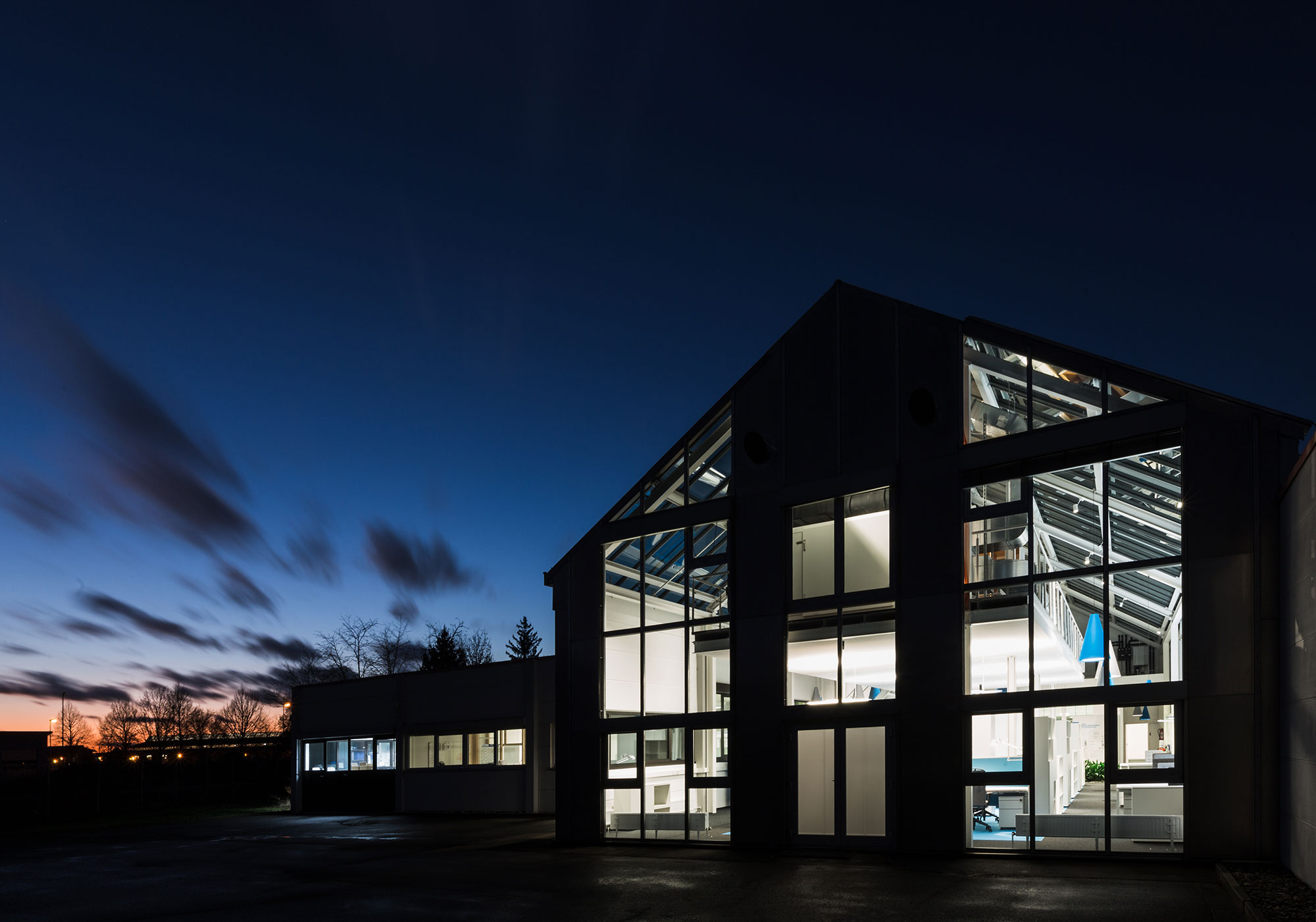Current situation
Great dependence on purchased, pre-packaged food
Accumulation of an extremely large amount of packaging waste
Waste of food due to quantity inaccuracies
Long transport routes cause a large part of the negative environmental impact
Urban farming nowdays is not yet widespread and largely immature
Solutions
Creation of suitable infrastructures through the inclusion of modern means of communication and transport for individual food distribution
Constructional measures from modified living space concepts to inner-city plant rooms in interior areas, on roof landscapes and existing commercial areas
User-friendly methods and cultivation techniques
Permanent change in the consumption and nutritional behaviour of the population
Measures that continue to allow individually shaped behaviour, but which in total enable the success of new farming methods
What is Urban Farming?
New forms of small to medium-sized agriculture are emerging in urban and peri-urban areas, which are operated partly commercially and partly privately. Urban farming becomes a new, fixed component of personal leisure time, but can also be regarded as an independent part of social life in the late or post-industrial epoch.
1. Cultivation outside town
ORDER FROM THE SMALLHOLDER OF CONFIDENCE
Commercial cultivation areas are located in the urban outskirts or directly in the countryside. The goods are ordered via contemporary terminals. The ordered products are then delivered directly to the consumer by environmentally friendly transport drones.
2. Underground cultivation
**SUPERMARKET-WAREHOUSE-FARM
**A second approach is the conversion or expansion of existing commercial areas in the city, e.g. the basement of supermarkets in the underground, where controlled cultivation of plant foods can be installed. Here the market operator is also the farmer. The cultivation is operated in line with the distribution of the food in the shop and its demand.
3. Cultivation in the apartment
VEGETABLE-FRUIT-PROTEIN-CABINET
The third approach, which forms an optimally coordinated overall concept with the other two, is the cultivation in the private living environment or in the own kitchen of the consumer. This ties in with the classic world of self-sufficiency from rural vegetable gardens and urban allotment gardens. The cultivation is supported by specially designed fixtures that are based on natural ecosystems. In addition to the cultivation of fruit and vegetables, fish and insects round off the need for protein-rich food.







